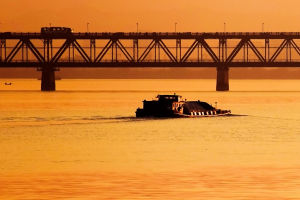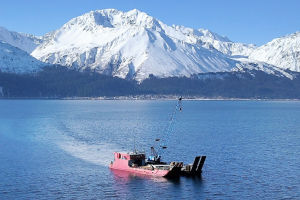Sailboats have a rich and diverse history that spans thousands of years. Sailing is one of the oldest forms of transportation, and it has played an important role in trade, exploration, and warfare.
From ancient times to the modern era, sailing has captured the hearts and minds of people all over the world, inspiring them to build bigger and better boats and explore the vast, open seas.
The ancient Egyptians, Greeks, and Phoenicians are credited with constructing the earliest known sailing boats. These early boats were made of wood, and they used a single sail to catch the wind and propel the boat forward. Over time, sailors and boatbuilders began to experiment with different sail designs, rigging systems, and hull shapes, leading to the development of more efficient and seaworthy boats.
One of the most significant developments in the history of sailing came during the Age of Exploration when sailors from Europe began to explore the world's oceans in search of new trade routes, resources, and territories. During this time, ships became larger and more complex, and they were equipped with multiple sails and sophisticated rigging systems that allowed them to sail further and faster than ever before.
In the 19th century, the invention of the steam engine and other technological advances made sailing less important for transportation, but it remained a popular sport and pastime for wealthy and adventurous individuals. Yacht racing became a popular activity among the elite, and sailing clubs and regattas sprang up all over the world.
Today, sailing is enjoyed by people of all ages and backgrounds, and it is practiced in a variety of settings, from small lakes and rivers to the open sea. Sailboats come in many different shapes and sizes, from small dinghies and catamarans to large ocean-going yachts and racing boats.
The spirit of sailing is perhaps best captured by the sense of freedom and adventure. Sailing allows us to escape the confines of land and explore the vastness of the sea, to feel the power of the wind and the water, and to experience the beauty and wonder of the natural world.
Sailing also requires skill, knowledge, and teamwork, making it a challenging and rewarding activity. Learning to sail requires an understanding of the principles of wind and water, as well as the ability to read weather patterns, navigate using charts and instruments, and work together with other sailors to maneuver the boat.
In addition to being a sport and pastime, sailing has also played an important role in human history. Sailboats were instrumental in the exploration and colonization of new lands, and they have been used for everything from fishing and transportation to warfare and scientific research.
Today, sailing continues to be a popular activity, with millions of people around the world taking to the water each year. Whether we sail for sport, adventure, or simply the joy of being on the water, the spirit of sailing continues to inspire and captivate us, connecting us to the ancient roots of human history and the limitless possibilities of the sea.


